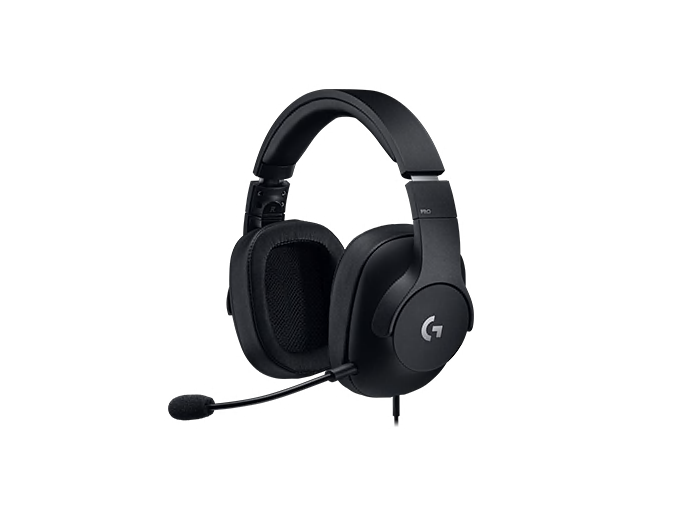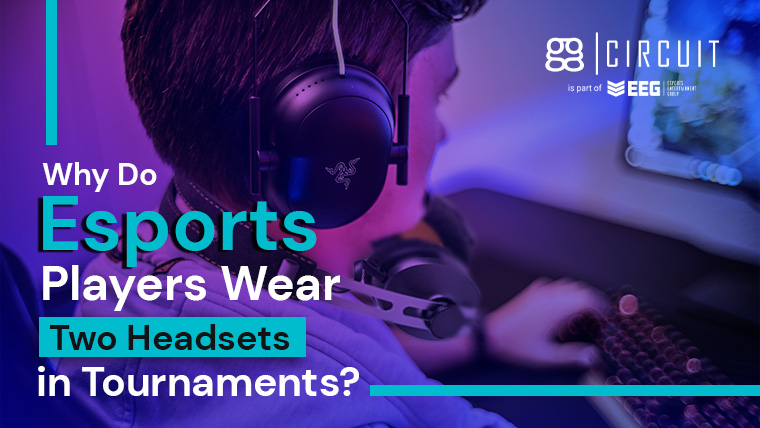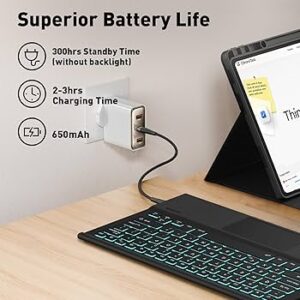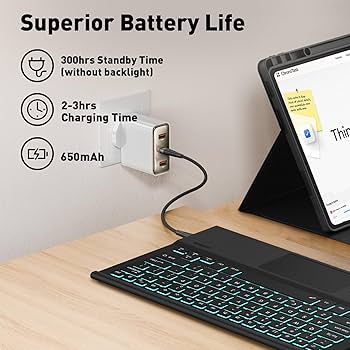The Sound of Victory: A Deep Dive into Gaming Headset Technology
In the immersive world of modern video games, audio is no longer a secondary consideration—it’s a critical component of the experience. From the subtle rustle of leaves that betrays an enemy’s position in a tense battle royale to the soaring orchestral score of a sprawling RPG, sound is the invisible layer that dictates immersion, strategy, and ultimately, success. At the heart of this auditory experience lies one of the most essential pieces of gaming hardware: the gaming headset. More than just a pair of headphones with a microphone attached, a high-quality gaming headset is a sophisticated piece of gaming tech designed to deliver precise audio cues, enable crystal-clear communication, and provide hours of comfort. This guide will dissect the complex technology behind gaming headsets, offering a comprehensive look at the features that matter for both aspiring esports athletes and casual players across PC gaming and console gaming platforms.
Section 1: The Core Components: What Makes a Great Gaming Headset?
Understanding a gaming headset begins with its fundamental components. While flashy RGB lighting and aggressive designs often dominate marketing, the true performance lies in the audio drivers, microphone quality, and ergonomic design. These three pillars determine whether a headset is a powerful tool for competitive gaming or just another peripheral.
Audio Drivers: The Heart of the Sound
The single most important component for audio quality is the driver, the small speaker inside each earcup responsible for converting electrical signals into sound waves. Manufacturers often highlight driver size, typically ranging from 40mm to 50mm in diameter. While a larger driver can displace more air and potentially produce more powerful bass, size isn’t the only metric for quality. The material of the driver, such as neodymium magnets, and the acoustic tuning of the earcup play a far more significant role in creating a balanced and detailed soundscape. For players of AAA games with rich audio design, a headset with well-tuned drivers can reveal a world of auditory detail, from distant environmental sounds to the specific audio signature of different weapons in FPS games.
Microphone Technology: Your Voice in the Game
In team-based titles like Valorant, League of Legends, or Call of Duty, communication is paramount. A gaming headset’s microphone is its second-most critical feature. Most gaming headsets utilize a unidirectional (or cardioid) pickup pattern, which is designed to capture sound primarily from the front while rejecting ambient noise from the sides and rear. This is crucial for isolating your voice from the clatter of a gaming keyboard or background household noise. Key specifications to look for include frequency response, which determines the range of tones the mic can capture, and sensitivity. Advanced features like software-based noise cancellation, often found in companion apps or broadcast software, can further enhance clarity, making your callouts crisp and intelligible for your teammates. Whether a microphone is detachable, retractable, or flip-to-mute is a matter of personal preference, but its core performance is non-negotiable for serious multiplayer gaming.
Comfort and Build Quality: The Marathon Session Test
A headset can have the best audio drivers and a broadcast-quality microphone, but if it’s uncomfortable, it’s useless for long gaming sessions. Ergonomics and build quality are vital. The frame’s material, whether lightweight plastic or a more durable steel or aluminum, affects both weight and clamping force—the pressure the headset exerts on your head. Earcup materials are equally important. Leatherette offers excellent passive noise isolation but can get warm over time, while fabric or velour pads are more breathable but may let in more ambient sound. Some modern headsets even feature cooling gel-infused memory foam to combat heat buildup. A comfortable headset is a cornerstone of a good setup, just as important as a supportive gaming chair for anyone in the gaming community, from casual players to professional streamers on Twitch.
Section 2: Connectivity and Soundscapes: Wired vs. Wireless and Surround Sound
The debate between wired and wireless peripherals is as old as the technology itself, and the choice has significant implications for audio quality, latency, and convenience. Furthermore, the way a headset processes audio to create a sense of space—stereo versus virtual surround sound—is a key differentiator that can provide a tangible competitive edge.
Wired vs. Wireless: The Great Debate
Wired headsets remain the choice for many esports professionals and audiophiles due to their inherent advantages. A wired connection, typically via a 3.5mm jack or USB, offers zero latency and is not dependent on battery life. A USB connection often means the headset includes its own Digital-to-Analog Converter (DAC), which can provide cleaner and more consistent audio than a motherboard’s onboard sound. However, the cable can be cumbersome.

Wireless technology has made massive strides, closing the gap significantly. Modern wireless gaming headsets primarily use a low-latency 2.4GHz RF connection via a USB dongle, delivering audio that is virtually indistinguishable from wired in terms of speed. This freedom of movement is a huge quality-of-life improvement. The main drawbacks remain battery life, which can range from 15 to over 100 hours, and a higher price point. Bluetooth is another wireless option but is generally not recommended for serious gaming due to its higher latency, though it offers greater versatility for connecting to devices used for mobile gaming.
The Illusion of Space: Virtual Surround Sound Explained
One of the most marketed features in gaming headsets is virtual surround sound, often labeled as 7.1. Unlike a true home theater system with multiple physical speakers, virtual surround uses sophisticated software algorithms to process a stereo audio signal, creating the illusion of sound coming from multiple directions. Technologies like DTS Headphone:X 2.0 and Dolby Atmos for Headphones use Head-Related Transfer Functions (HRTFs) to trick your brain into perceiving directional audio cues with impressive accuracy. On consoles, this is handled by platform-specific tech like Sony’s Tempest 3D AudioTech, a highlight in recent PlayStation News, or Windows Sonic and Dolby Atmos on Xbox.
For competitive FPS games like Apex Legends or Counter-Strike, this can be a game-changer, allowing players to pinpoint enemy footsteps, reloads, and other positional cues with greater precision. However, some purists in the competitive gaming scene still prefer a high-quality stereo image, arguing it provides a cleaner, less processed sound. Ultimately, the choice between stereo and virtual surround is a personal preference, but the underlying technology has become a staple of modern gaming hardware.
Section 3: Beyond the Basics: Software, Ecosystems, and Compatibility
A modern gaming headset is more than just its physical hardware; it’s part of a larger digital ecosystem. Software suites unlock advanced customization, while cross-platform compatibility determines a headset’s versatility. These factors are crucial for tailoring the audio experience to your specific needs and gaming setup, whether it’s a high-end gaming PC or the latest console.
Software Suites: The Command Center
Most major gaming peripheral brands—from Razer and Logitech to Corsair and SteelSeries—offer powerful software suites that serve as a central hub for their devices. For gaming headsets, this software unlocks a wealth of features that are inaccessible otherwise. The most important of these is the equalizer (EQ), which allows you to fine-tune the audio profile to your liking, such as boosting bass for cinematic RPG games or elevating high-frequency sounds to better hear footsteps in a battle royale. Other common features include microphone settings like sidetone (mic monitoring), noise gate adjustments, and voice modulation effects. This software is also where you control RGB lighting and sync it with other gaming peripherals like your gaming mice and keyboards, creating a cohesive aesthetic that is a huge part of modern gaming culture.
Platform Compatibility: Navigating the Walled Gardens
Finding a headset that works seamlessly across all your devices can be challenging. PC gaming offers the most flexibility, with nearly universal support for 3.5mm and USB headsets, and full access to software features. The console gaming landscape is more complex. As often highlighted in Xbox News, the Xbox ecosystem requires a specific wireless protocol, meaning only licensed “Designed for Xbox” headsets will work wirelessly. PlayStation is more lenient with generic 2.4GHz dongles, making it compatible with a wider range of PC-centric headsets. The Nintendo Switch primarily relies on the 3.5mm jack in handheld mode or a growing number of USB-C dongles for wireless audio in docked mode. The rise of the USB-C dongle has been a boon for multi-platform gamers, as many new headsets offer a single, compact dongle that can be easily swapped between a PC, PlayStation 5, Nintendo Switch, and even Android devices for mobile gaming.
Aesthetics and Customization
While performance is paramount, aesthetics play a significant role in the appeal of gaming peripherals. The industry has moved beyond basic black plastic, offering headsets in a variety of colors, designs, and special editions often tied to major game releases or cultural phenomena. Features like swappable headbands, customizable speaker plates, and, of course, programmable RGB lighting allow gamers to express their personal style. For those involved in game streaming, a visually appealing headset can be an important part of their on-camera brand, contributing to a professional and engaging broadcast that complements their high-end gaming laptops and custom-built gaming PCs.

Section 4: Making the Right Choice: Practical Advice and Recommendations
With a vast market saturated with options, selecting the perfect gaming headset can be daunting. By focusing on your specific needs and avoiding common marketing traps, you can find a device that enhances your gaming experience for years to come.
Best Practices for Choosing a Headset
1. Identify Your Primary Use Case: Your gaming habits should dictate your priorities. A competitive player in FPS games needs impeccable positional audio and a clear microphone above all else. Someone who primarily plays single-player RPGs may prioritize immersive sound quality and comfort for long sessions. A streamer might need a near-broadcast quality microphone.
2. Set a Realistic Budget: Gaming headsets can range from under $50 to over $300. Generally, entry-level models cover the basics, mid-range ($100-$150) offers significant improvements in build quality, comfort, and wireless performance, and premium models provide audiophile-grade sound, superior materials, and advanced features.
3. Prioritize Comfort Above All: If possible, try a headset on before buying. If not, read and watch multiple reviews that specifically discuss long-term comfort, weight, and clamping force. An uncomfortable headset will quickly find its way into a drawer, regardless of its audio prowess.
Common Pitfalls to Avoid
1. Ignoring the Microphone: Many buyers get so focused on sound output that they neglect microphone quality. Listen to microphone tests in reviews. A muffled, quiet, or static-filled mic will frustrate your teammates and detract from multiplayer experiences in MOBA games and beyond.
2. Falling for “Gamer” Marketing Hype: Don’t be swayed by aggressive aesthetics, buzzwords like “tactical,” or excessive RGB lighting. Focus on the core specifications, build quality, and audio performance reviews from trusted sources within the gaming community.
3. Overlooking Platform Compatibility: Double-check that the headset you want is fully compatible with your primary platform(s). This is especially critical for console gamers, as a fantastic PC headset might have limited functionality or fail to connect wirelessly to an Xbox or PlayStation.
Conclusion: The Future of Immersive Gaming Audio
The modern gaming headset is a testament to the evolution of the gaming industry, transforming from a simple accessory into a complex and vital piece of gaming hardware. The “best” headset is not a one-size-fits-all solution but rather a deeply personal choice based on your preferred games, primary platform, budget, and comfort requirements. By understanding the core technologies—from the nuances of audio drivers and microphone patterns to the complexities of wireless connectivity and virtual surround sound—you can make an informed decision that truly elevates your gameplay. As game development continues to push the boundaries of audio design in engines like Unreal Engine, and as technologies like VR gaming demand even greater spatial accuracy, the role of the gaming headset will only become more integral to the virtual worlds we inhabit.











